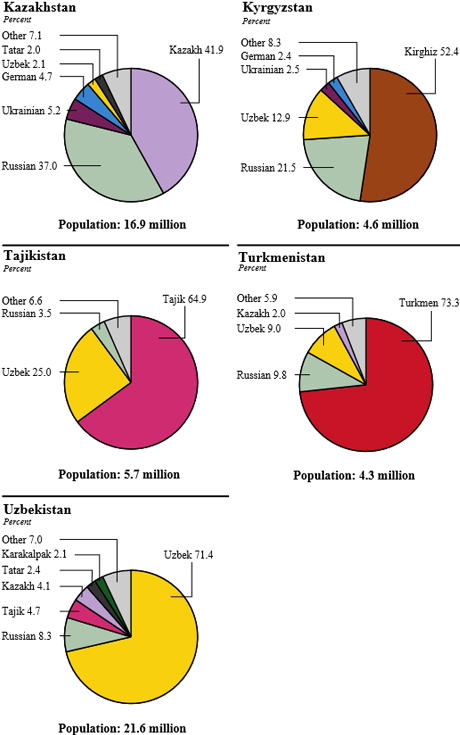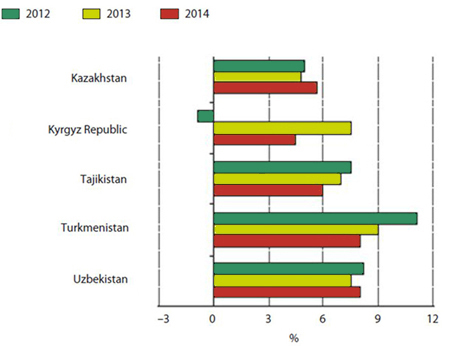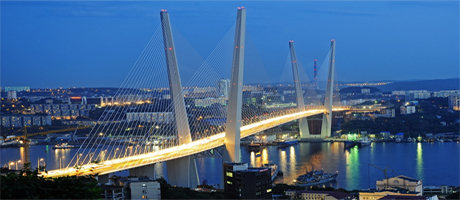Emerging Challenges and Opportunities
Russia’s annexation of Crimea in March 2014 and the ensuing series of separatist referendums in Eastern Ukraine have reignited concerns over the aspirations and de-facto separatist regions across the post-Soviet territory. These deeply-rooted separatist aspirations and the repercussions of the Ukrainian events, have provided the international business community both legal and commercial reasons to dramatically scale back business transactions with the Russian Federation.
On the other hand, Central Asia's economy continues to show notable development potential, and has emerged as one of the world’s fastest growing regions. This is significant for a region comprising largely of small landlocked economies with no access to the sea for trade. Among the advantages of the region are its high- priced commodities (oil, gas, cotton and gold), reasonable infrastructure and human capital, and a strategic location between Asia and Europe.
Region of Central Asia
Central Asia is the core region of the Asian continent and stretches from the Caspian Sea in the west to China in the east and from Afghanistan in the south to Russia in the north.
From its beginning in 1917, the Soviet state never included Kazakhstan in Central Asia, preferring to give it a non-Asian identity by linking it closely to Russia and Siberia. Today, however, the Kazakhs themselves and the world at large believe they are very much part of the region. Central Asia covers an area of 3,994,300 square kilometers which includes some of the most sparsely populated regions in the world. Its population of only 58 million people includes more than 100 different ethnic groups, from Germans and Austrians to Tibetans and Koreans.
Tashkent and Ashgabat, the capitals of Uzbekistan and Turkmenistan, have long urban histories but the other three capital cities, Dushanbe in Tajikistan, Almaty in Kazakhstan and Bishkek in Kyrgyzstan, were created by the Bolsheviks to give a sense of ethnic identity to those nationalities. Uzbekistan contains all the most famous historical cities of Central Asia: Samarkand, Bukhara, Khiva and Kokand. There were the seats of nomadic empires and settled kingdoms in the past.
Major Ethnic Groups

Source: Vectorisation of CIA Map
Unprecedented Levels of Growth
A unique blend of economic, political, and geographical features that influence the region's economic development experience,
- The region contains a significant base of the world’s natural resources (including oil, natural gas, gold, and other metals) and hence its economic prospects are closely linked to international commodity prices,
- It is strategically positioned as a gateway between Europe and Asia and offers extensive potential for trade, investment, and growth,
- The region spans a vast geographical area, with widely differing natural conditions.
- All the economies have transitioned from a legacy of socialist-oriented economic policies and embarked on market-oriented reforms emphasizing macroeconomic stabilization, trade openness, and private sector development.
Central Asia GDP growth

Source: Asian Development Outlook Database
Long-term Benefits Combined with Real Growth
JS&A helps clients achieve global competitive advantage. We have deep experience helping clients achieve and accelerate growth in their core business and beyond in markets around the world. We combine in-depth customer insights with market expertise to help our clients create sustainable and organic growth.

